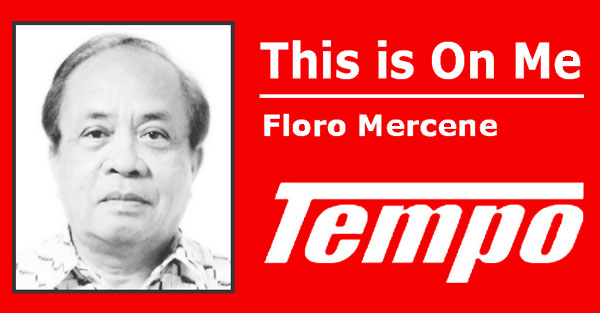by Floro Mercene
The great thing about a good nudge is that a lot of concepts can be applied across the board.
“The urinal fly nudge” is a well known mind hack that originated at the Amsterdam airport but can now be seen in urinals all over the globe. The idea was to etch an image of a black house fly onto the bowls of the airport’s urinals, just to the left of the drain. The result: Spillage declined 80 percent. This is a great example of a nudge that is rarely consciously processed, yet taps into a quirk in most male behavior; they can’t help but aim at it. There’s a report that just a small idea like this saved more than US$900,000 in cleaning expenses annually.
Instead of spending of huge amount for advertisements on conservation of electricity, a simple monthly report to households might change the behavior of consumers, which is cheaper and more effective way. For example; when you are given a monthly report in graph comparing your energy bill with the similar households in your neighborhood who has the bill of 20,000 yen lesser than your bill, you might start considering the energy conservation. If every household does the conservation, the country will be spending about 2% less electricity and the saving will be three trillion yen annually. The Japanese government experiments this idea for 5 years.
In a restaurant, when you are given a choice of 3 categories of dishes in price, more than 50% of customers will choose the middle one, which boosts revenue because it increases sales of the second expensive item. As noted in “Predictable Irrational”, restaurants sometimes take advantage of what is known as the decoy effect even further by engineering higher profit margins on the next priciest dish.

